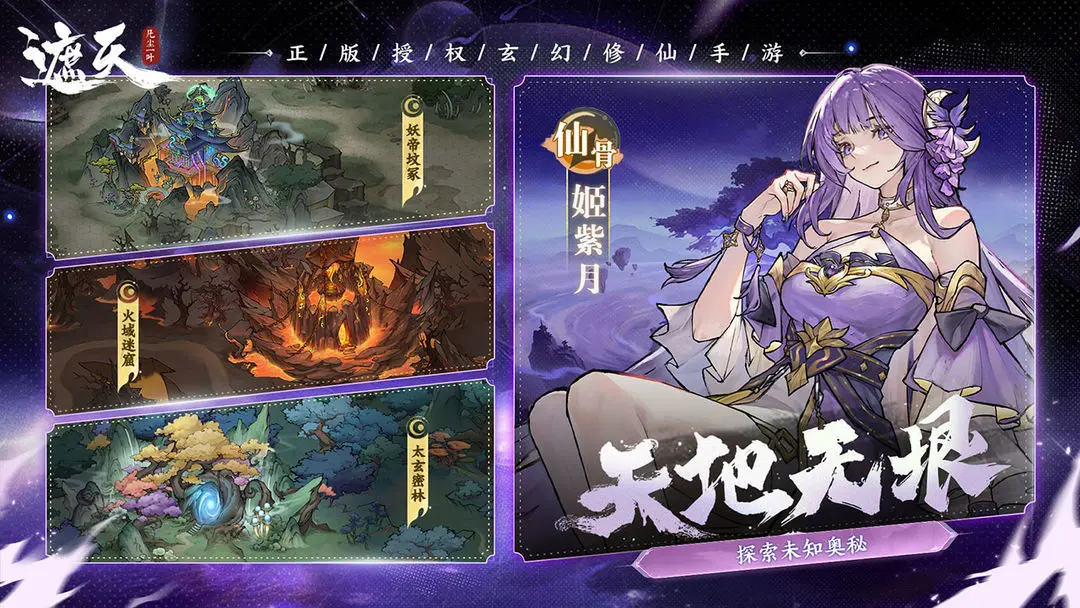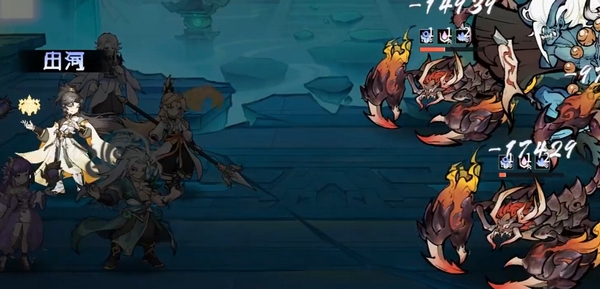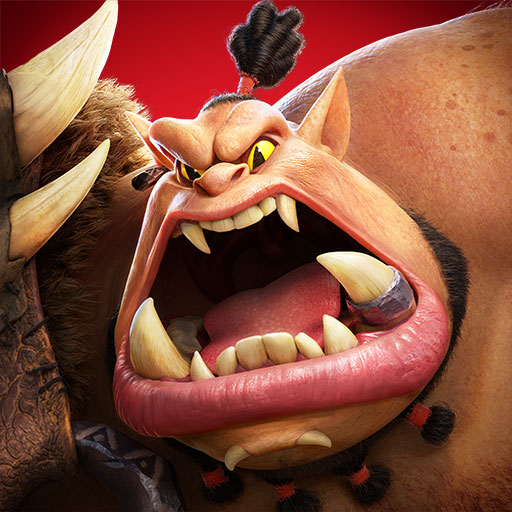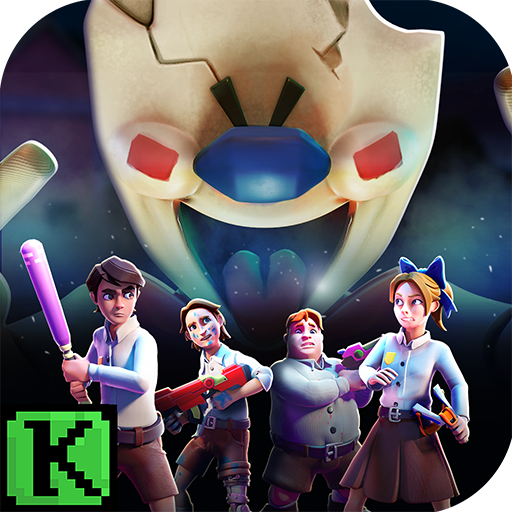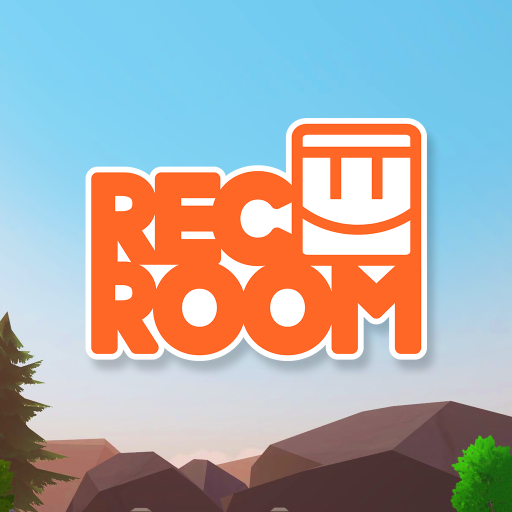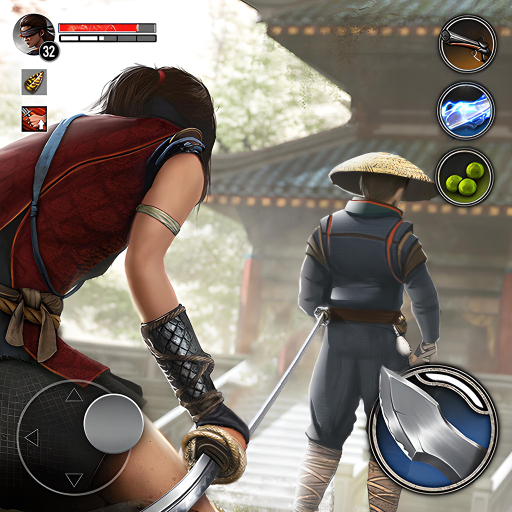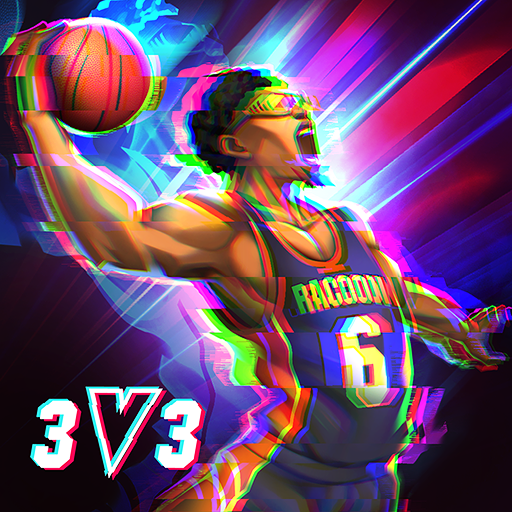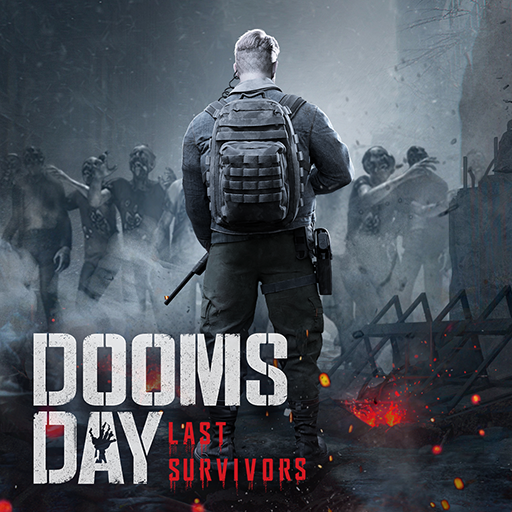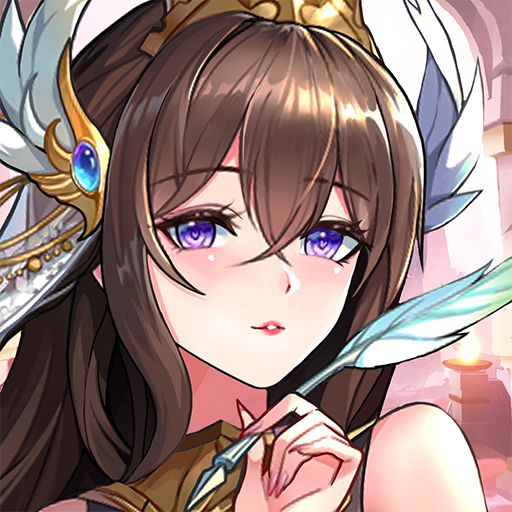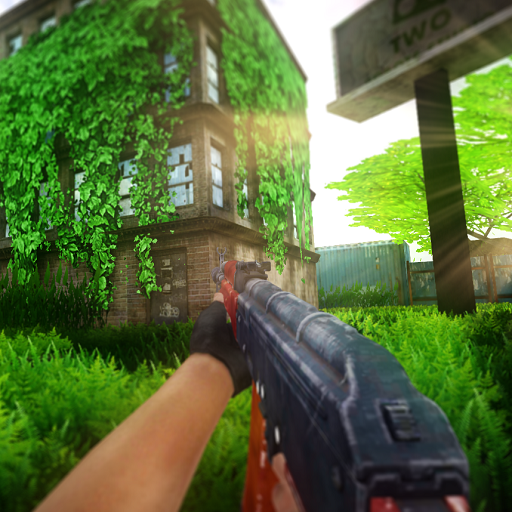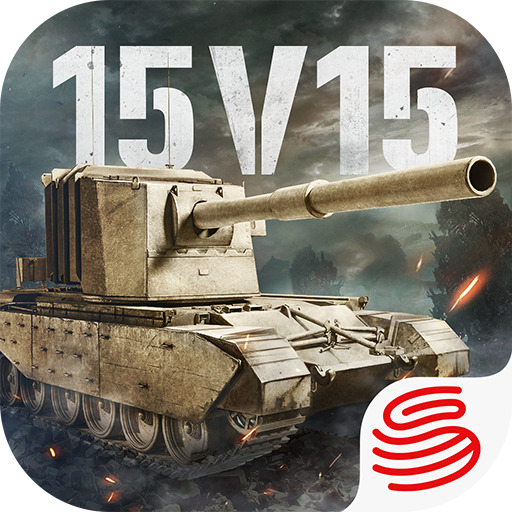In "Soul of the Dragon Traveler," the "Time Rift" as a brand new PVE seasonal gameplay launched on August 1st, has brought many fresh challenges and rewards to players. Today, the editor will introduce the Time Rift gameplay in Soul of the Dragon Traveler. This is not just a simple dungeon level; it includes plot exploration, deep cultivation systems, and even innovations in tactical layout. Behind what seems like a simple design, there are many secrets. Mastering these gameplay elements can not only help you gain a large amount of resources in the short term but also pave the way for your future development.
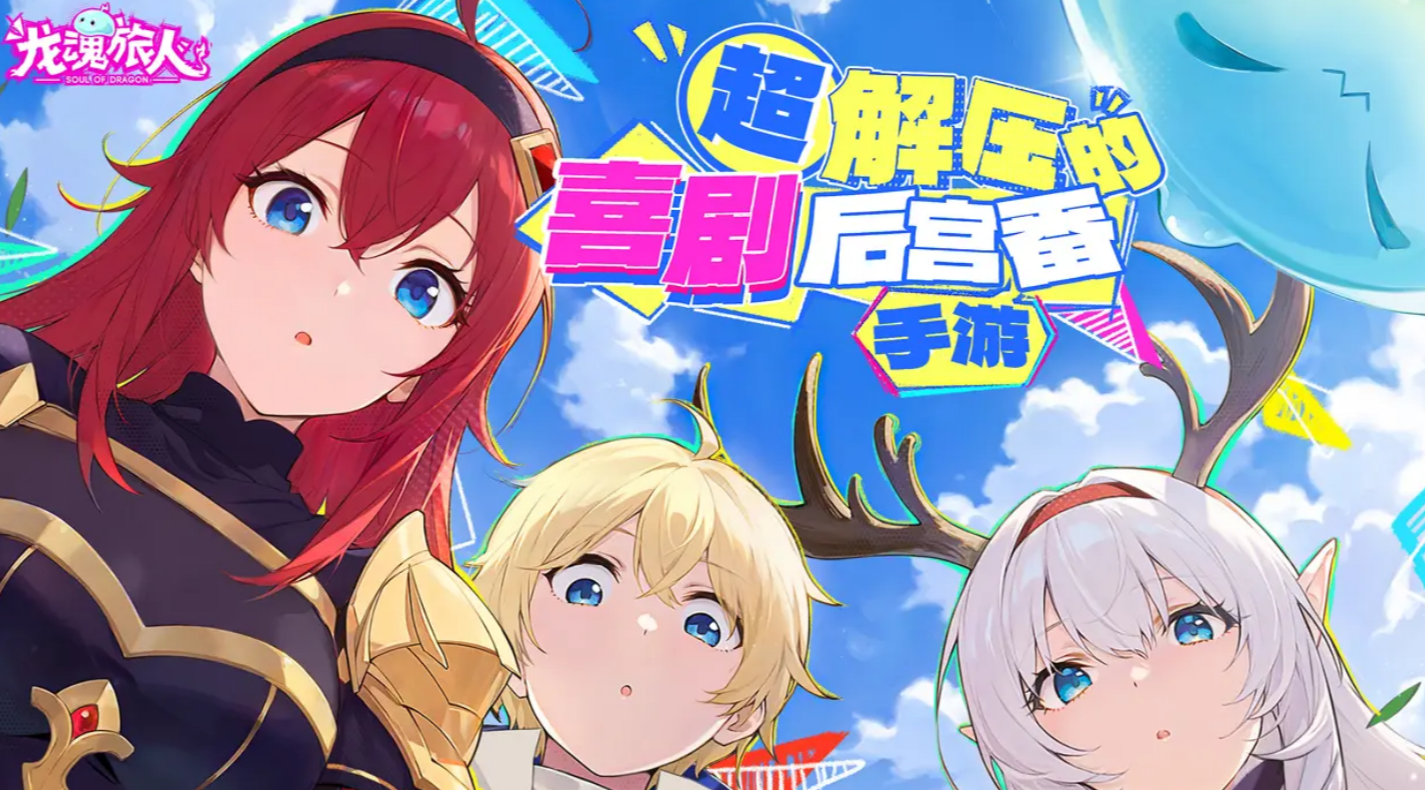
Firstly, when you enter the Time Rift, you will find that all the basic settings have been carefully adjusted. The levels of all spirits are uniformly set at 2nd stage, 100th level, and the main character does not upgrade stars as usual, but instead introduces a new concept - Command Value. You can consider this as the core combat power in this gameplay. There are many ways to increase Command Value, and through the built-in cultivation system, you can continuously accumulate it, thereby enhancing overall combat capabilities. This setting brings a lot of different strategic thinking, making each decision full of challenges.
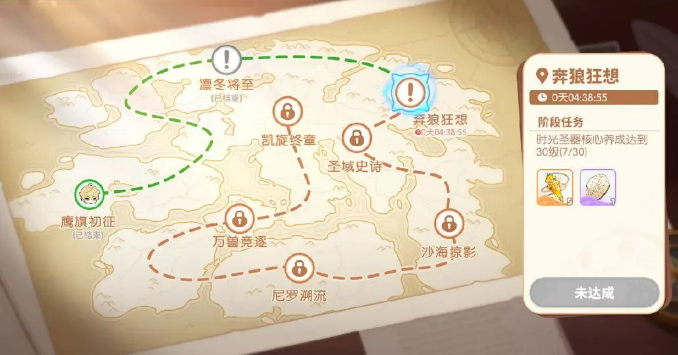
Compared with traditional level-passing gameplay, one of the biggest highlights of the Time Rift is the addition of a weather system and strategic facilities. The weather conditions of each level will have a direct and profound impact on the battle. For example, during spring, if it rains, the physical damage of all spirits will be increased, and the dual defenses of elemental teams will also be enhanced, which is like a "divine assistance" when striking enemies. The design of strategic facilities is even more interesting. You may encounter fierce artillery fire when attacking a castle, but once you successfully capture the castle, the enemy's artillery fire becomes your fire support, and their shells can also be turned to your advantage. This strategic reversal makes every battle full of variables.
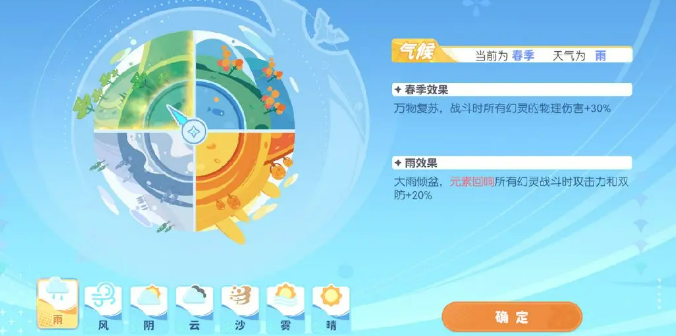
In the Time Rift, besides the main storyline, you can also obtain resources by idling. This idle mechanism allows players to easily accumulate crystals and magic power in their spare time, thus supporting the cultivation of the Time Relic. These two resources are key materials for cultivating the Time Relic, and the enhancement of the Time Relic directly affects the strength of your lineup. The game cleverly combines idling with advancing through levels. If you can't progress in the levels, then idle to replenish resources. Once you have sufficient resources, challenge the levels again and pass them smoothly. Whenever you feel stuck, idling serves as a "safety net" for passing, especially suitable for busy players.
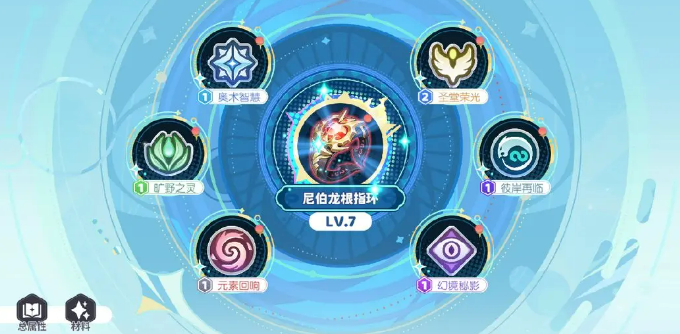
The cultivation system of the Time Relic is also very rich. It is divided into two major modules: Core Upgrade and Faction Upgrade. Core Upgrades require magic power, while Faction Upgrades need crystals and synthesis materials. Each faction upgrade brings significant attribute enhancements, directly affecting the overall team's strength. It's worth noting that the attributes enhanced by the Time Relic only take effect within the Time Rift, but at the end of each season, you can still receive exclusive rewards based on your performance, such as scroll assemblies, limited titles, and legacy dragon crystals. Although these rewards do not directly affect other gameplay during the season, they will greatly enhance your overall combat power.
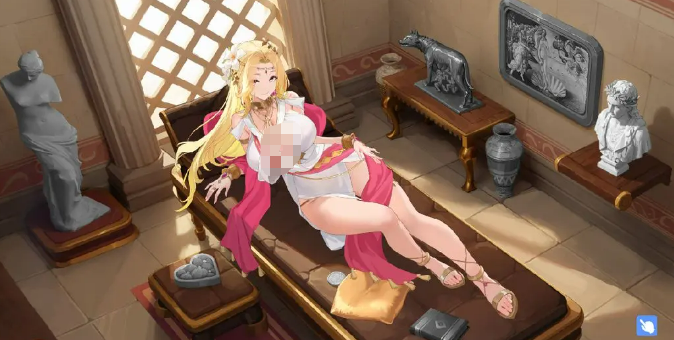
This concludes the introduction to the Time Rift gameplay in Soul of the Dragon Traveler. The Time Rift is a new gameplay that integrates multiple elements such as plot, strategy, and cultivation. Its unique mechanisms and rich reward designs not only provide players with a new gaming experience but also offer more choices and directions for long-term development. If you want to stand higher in future seasons, mastering the gameplay and strategies of the Time Rift is definitely a good choice.
